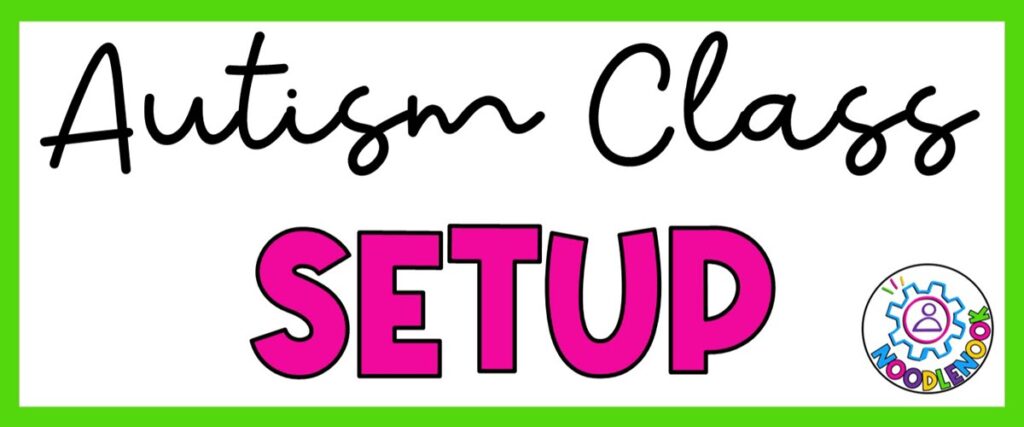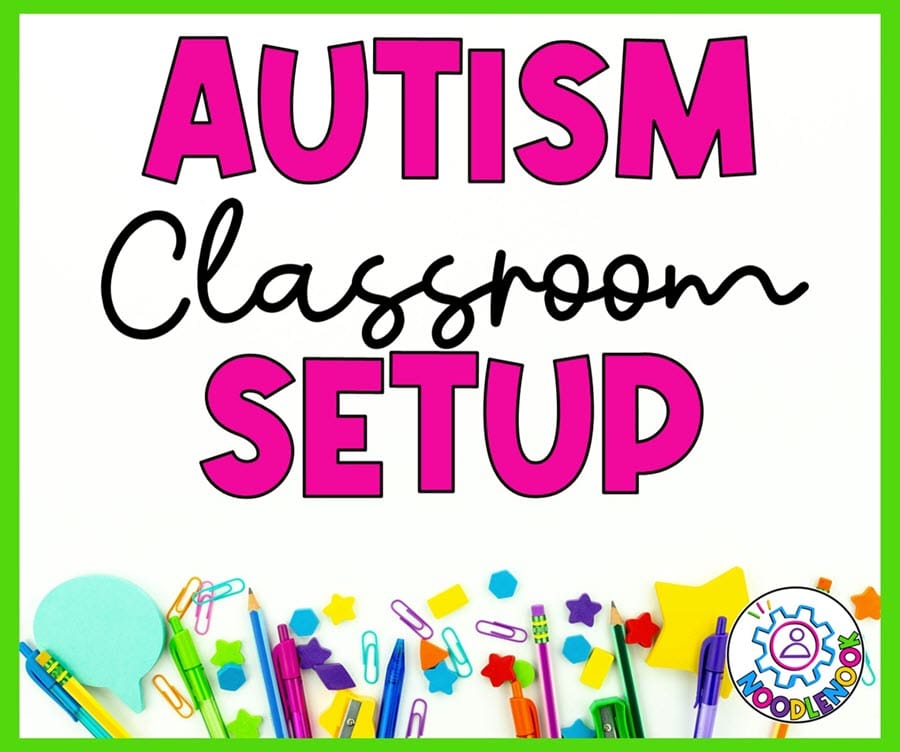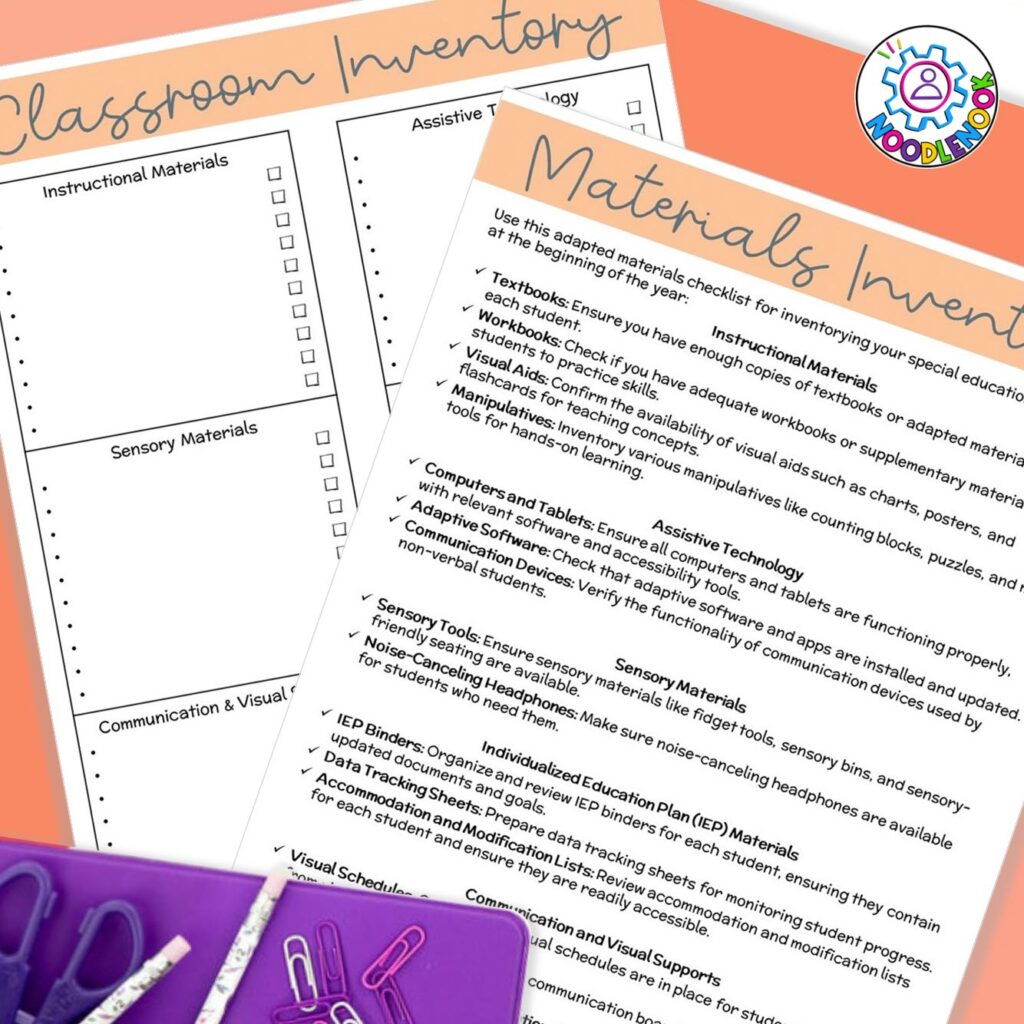In schools across the nation, a new special education teacher is entering their classroom for the first time. Are you one of them? It’s an overwhelming feeling to be bombarded with terms like “visual supports,” “social skills,” “IEPs” and “data collection”. There is a lot to learn about creating an effective learning environment, but you can absolutely set up for success (for your special education students and yourself). Here’s a practical guide, inspired by the wisdom of experienced educators, to get your autism classroom setup done right:
Start with a Plan
First, it doesn’t matter if you teach in high school, middle school, elementary or early childhood… if you are going to be successful in setting up an autism classroom, especially at the beginning of the school year, you need a solid plan.
Organizing the classroom space, a dedicated work area, and extra spaces like a sensory area, a space to deal with behavioral; challenges, and visuals will set the stage for your overall classroom management. No worries… This guide will break it down into manageable steps, ensuring a smooth start for both you and your students.
Before You Even Set FOOT In the Classroom
Planning is an important component of setting up a new classroom. Without a plan, you’re just winging it… and that is a recipe for disaster.
You need a plan.
Before you even set foot into your new room, you’ll want to gather as much information about your students and their related special needs. Sitting down with their paperwork from your caseload helps you get a better understanding of your student’s ability, necessary supports, and the impact their disability may have on your autism classroom setup.
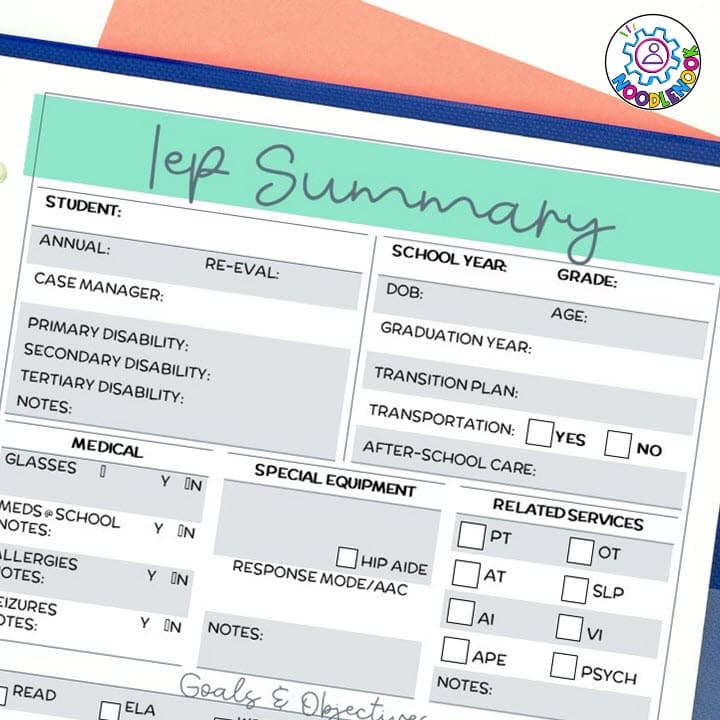
I suggest working through these checklists:
This information is all part of understanding your students with autism spectrum disorders (ASD) and creating an effective learning environment for them. The fact that you can do it BEFORE you even start gives you a leg up, believe me.
Dedicated Spaces for Different Needs
Planning the physical spaces in an autism classroom can make or break you. Start by sketching out the space with all the information from the last step to guide you. Use a classroom layout worksheet along with an autism classroom setup decision guide to brainstorm furniture placement, designated areas for activities (like reading or social skills practice!), and how students will move around the room (traffic flow).
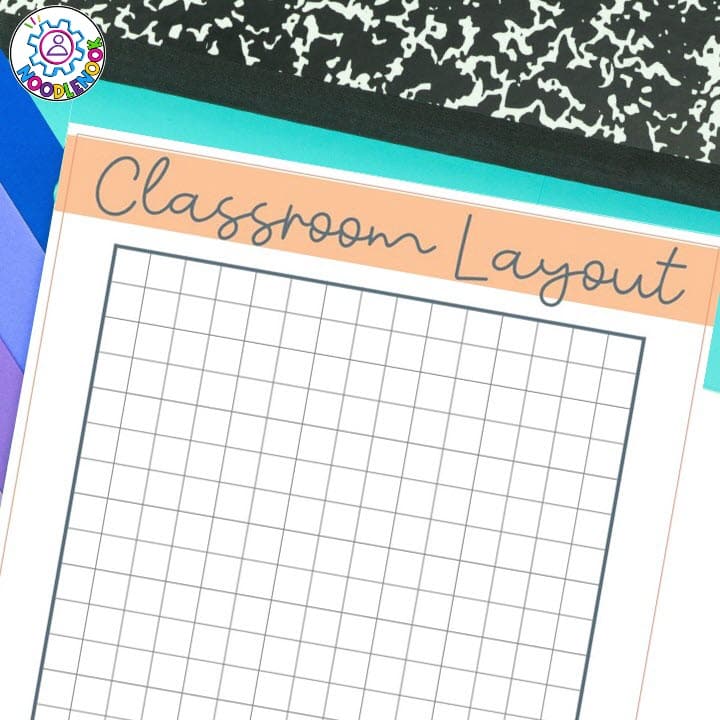
Then plan for the other spaces your students will need. You may consider creating a calming area with soft lighting and comfortable seating. This “calm down area” should be a safe space for self-regulation, stocked with fidget toys and sensory tools – a great way for students to manage sensory stimulation.
You may need a sensory space to meet the needs of individual students with fidgets, noise-canceling headphones, textured chewies, or a sensory toy.
Personal space is important for all students, but especially for autistic children. Desks shouldn’t be crowded together in small spaces. Consider cubicle-like dividers or colored tape to create distinct areas for individual work. Also include small group stations where you can work with students in a dedicated learning space on activities like reading or social skills practice.
Structure and Organization for Independent Learners
Students with autism, whether in general education or special ed, benefit from structure. Establish a clear way things get done in your room right from the beginning. In order to make this happen:
As you organize and plan, remember that nothing is set in concrete. You can always (and will most likely) adjust, reposition, and revamp your overall structure and organization throughout the year. Flexibility is an important part of all effective special education programs, so be ready to change things up when needed.
Get Some Visuals!
Visuals are key for all learners, but especially for autistic students. Visual schedules, routines, cue cards, and even a color-coded system for different areas of the room are powerful tools. Create clear visual timetables with pictures or written instructions to support smooth transitions, a common challenge.
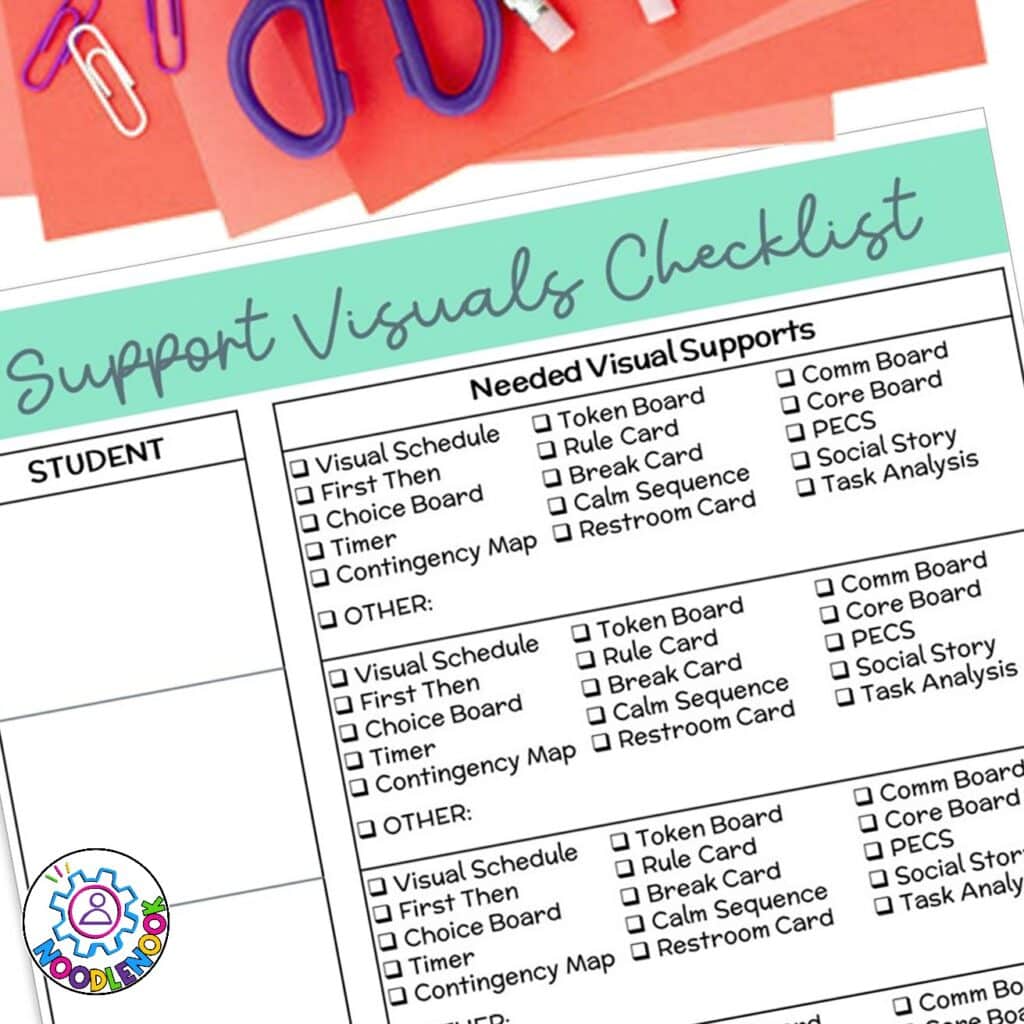
Consider incorporating visual aids into your lesson plans across subjects like social studies, physical science, or even vocational education depending on your students’ grade level. To make this easier, use a visuals checklist when you look through a student’s paperwork. It’s one of those important pieces of relevant information you can get before you even get to the classroom.
Basically, you’ll need it all to make things work. But not everything all at once!
Yes, use visuals, but visuals are there to help students. When your classroom is nothing but visual distractions, it can and will work against you. In this case, you may want some visuals minimized! Think clean lines and organization, not overwhelming displays. Keep most materials stored out of sight, letting the focus be on your students. Grab some sheets or towels and drape them over bookshelves, the bulletin board, or over computers to remove the possible distraction. In special education classrooms, it’s about the right visuals at the right time.
Teach Some Lessons
Oh yeah… I guess we should teach a little here too!
Lesson planning is critical because without a plan you’re doomed. As you set up, pull out some task cards, center tasks, or vocational activities for your students. This will get you through those first few days or weeks with a set of great resource activities you can always incorporate and fall back on.
If you subscribe to the Noodle Nook Newsletter, I’ve got a free download for you to get you started. Just scroll to the bottom of this blog post. 👇🏽
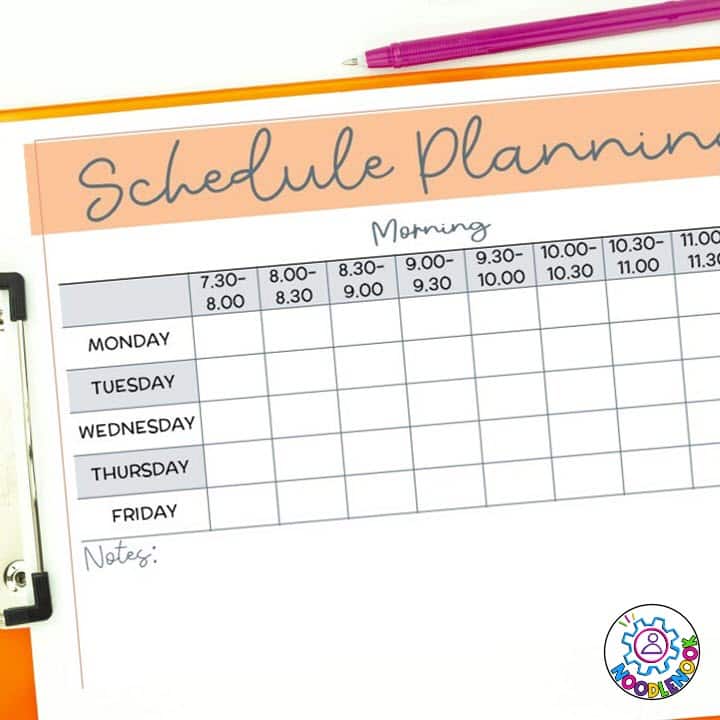
Remember, your autism classroom setup will get you halfway to success. The other half will depend on your lessons, your consistency, and your patience. This thing we do… Teaching. It’s an ongoing process. Tweaks and adjustments are inevitable (because autistic students, like all students, are unique). Pay close attention to behavior cues, like noise levels, self-stimulation, or outbursts. Then make adjustments as needed and add in specific supports to help. Check out the behavior toolkit for those.
Grab the Checklists & Guides
Getting started is hard, but there are tools on how to make your autism classroom setup a success!
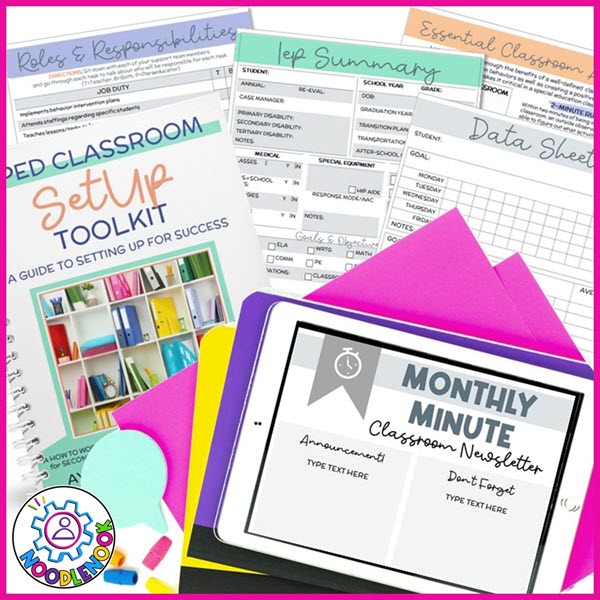
If you’re already feeling overwhelmed setting up your autism classroom, then these checklists and guides are just what you need. From creating the perfect layout to planning clear routines, they’ll help you transform your space into a supportive learning environment for all your students.
Don’t reinvent the wheel – conquer the chaos and start the year strong with this SpEd Classroom Setup Toolkit!
It’s a Daunting Task, But You’ve Got This 🤜🏽🤛🏽
By focusing on clear visual cues, dedicated spaces for different activities, and reviewing your paperwork before school starts, you can create a classroom that fosters effective learning for all your autistic students. If you are still here and want to keep learning more about prepping for this school year, check out this post: 10 Best Back to School Tips for Special Education Teachers.

